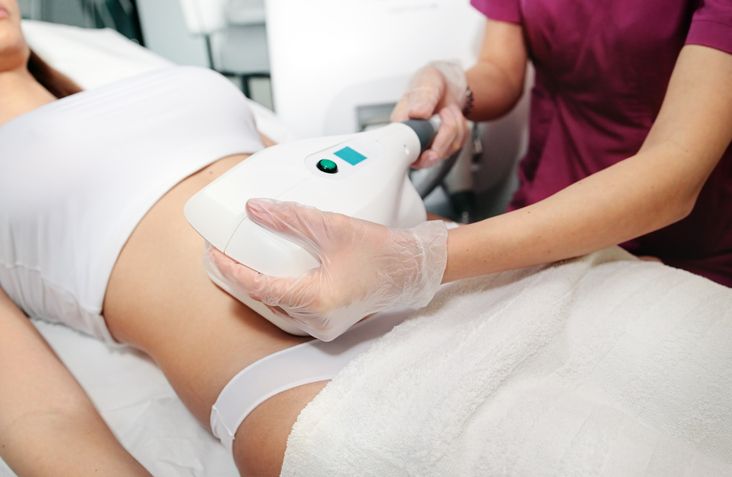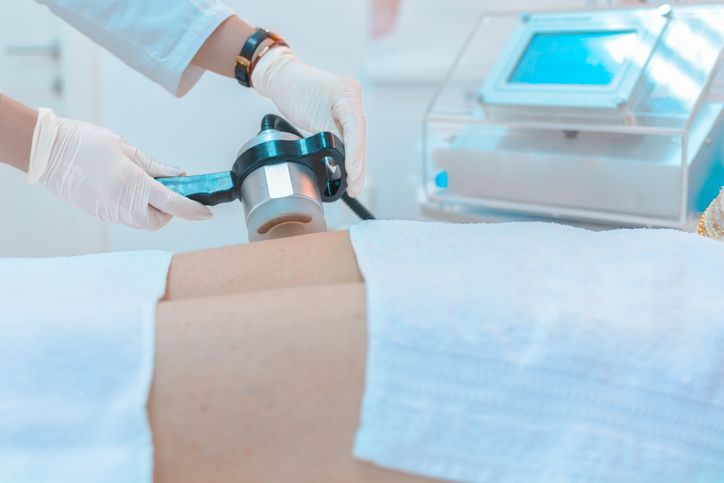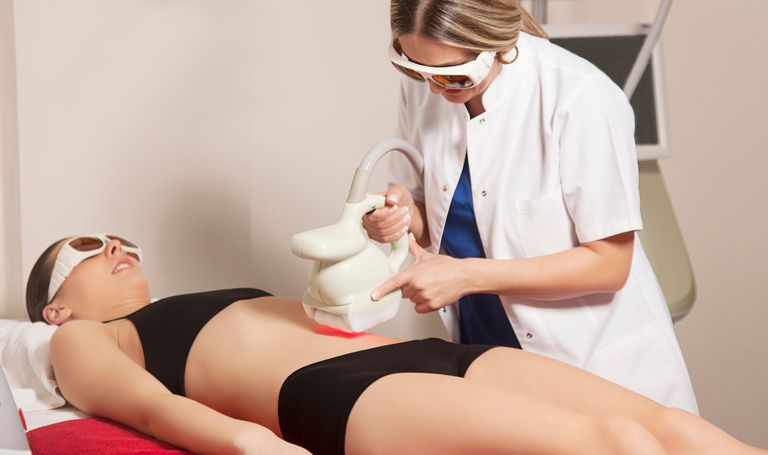
Book Now to Experience
Acne Treatment
1 Minute Self-Registration
Date should not be before minimal date
Author: Leila Tan|2024-3-8
Scars from acne can appear on the face and in other places And they serve as an unwelcome reminder of a distressing condition for some people. Having acne scars on any part of the body can cause insecurity for some people and the good news is that you have some home treatments for acne scars as well as some home remedies. So take pen and paper, note down all the important treatments to treat your acne scars and have a clean and clear face.

1
What are acne scars?
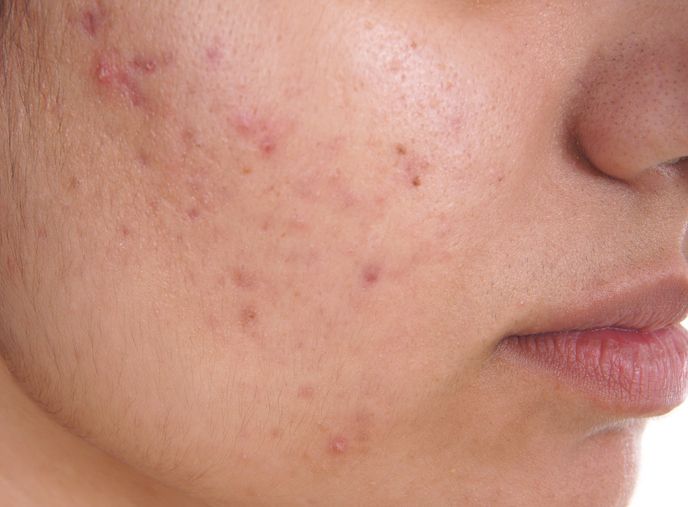
Acne scars form as a result of inflammation of acne lesions The pore wall breaks down, causing the acne pore to expand. Some acne lesions are tiny, leaving superficial scars that heal fast. The blemishes occasionally leak their contents into the surrounding tissue, leaving deeper scars. In order to treat the scar, the skin produces new collagen fibers.
There are two primary types of acne scars, first those that are elevated on the skin's surface and then other are those that grow when tissue is lost, leaving an indentation in the skin's surface. In fact, this particular sort of acne scar indicates that your skin may be functioning too effectively. To aid in the healing process of the wound caused by the acne, your skin produces collagen (also known as "repair tissue"), but if it produces too much collagen, raised scars form.

2
Types of acne scars
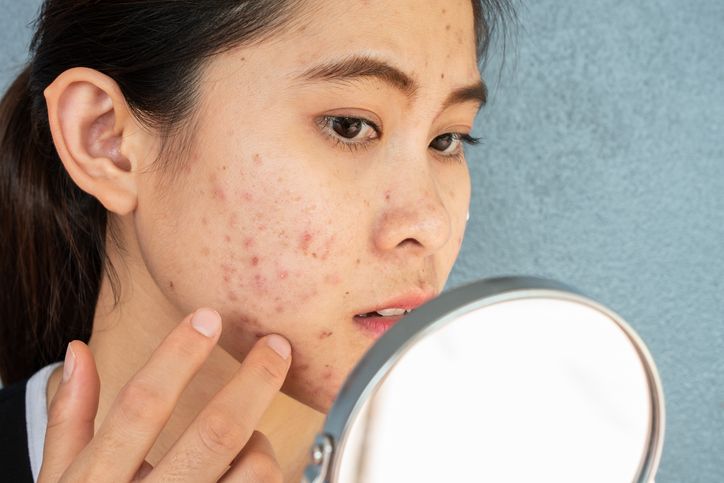
Post-inflammatory hyperpigmentation
This frequently leaves behind a darker or discolored patch of skin after your acne has healed. When skin is injured by severe acne or if you've picked at your acne, hyperpigmentation might happen. This is not a scar, and with the right sun protection, your skin will eventually change back to its normal color in any circumstances.
Hypertrophied or keloided
These lesions of scar tissue protrude from the surrounding skin itself. They are brought on by an overgrowth of collagen-containing fibrous structures in the vicinity of the skin. These scars can be itchy, uncomfortable, or painful and are typically located on the chest, back, shoulders, and jawline.
Atrophic scars
Flat, shallow depressions known as atrophic scars that heal beneath the epidermis. Severe cystic acne is a common cause of these scars. Yet, they can also be brought on by other forms of acne. Atrophic scars come in three different varieties:
Ice pick:
A tool called an ice pick has a broad shaft that gets smaller towards the tip. This type of scar mimics the hole that is large at the top and narrows to a point as it penetrates deeper into the skin. Such an indentation is typical and one of the scars that is hardest to heal. When your skin is thinner, as on your forehead and top cheekbones, you'll find them.
Rolling:
The thicker area, lower cheekbones and jaw are the locations where you can find these scars often. Because your skin is thicker, The skin appears uneven and wavy due to the sloping margins of the indentations.
Boxcar:
Indents raised scar, with sharper edges are known as boxcar scars. Their edges penetrate the flesh deeply while you can find these scars around the lower chest and jaw area.

3
Causes of acne scars
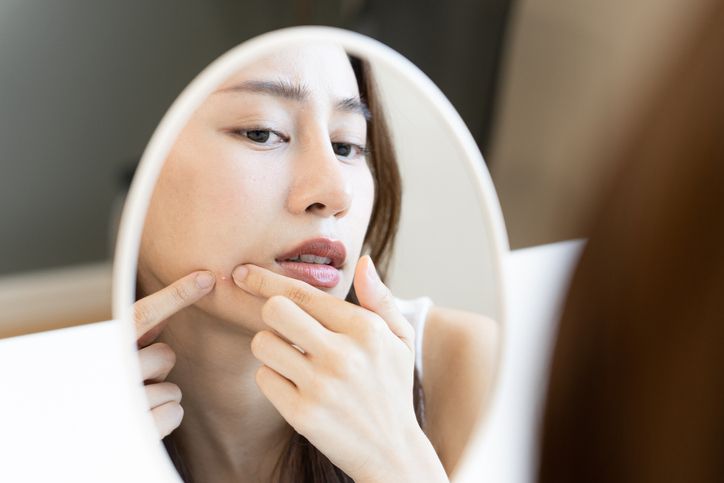
Depressed acne scars: When the skin heals, depressions or pits can appear if the body creates too little collagen.
Raised acne scars: When the body attempts to mend the skin and underlying tissue, it occasionally creates an excessive amount of collagen. A raised acne scar develops as a result of this. Those with dark skin, such as African Americans, Hispanics, and Asians, are more likely to get this kind of acne scar.

4
Treatment for acne scars
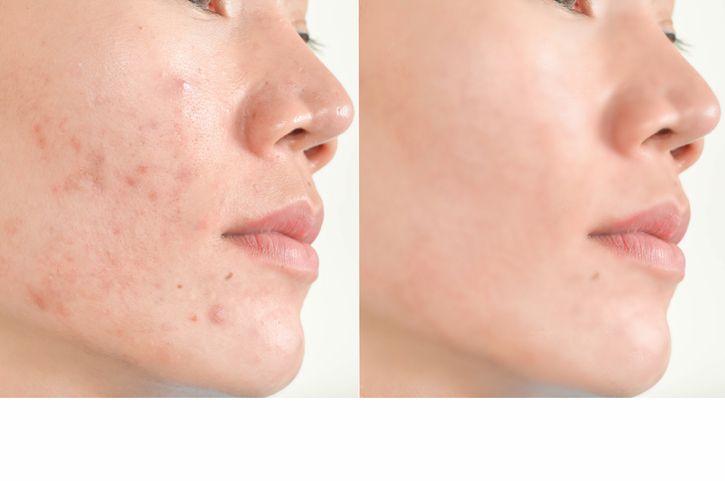
New Beauty Acne Treatment
The Acne Treatment is a new treatment from New Beauty for skin that is prone to breakouts. First, the dual spiral suction plus drainage technology exfoliates dead skin cells and clears clogged pores at the same time, reducing acne infection and inflammation. The face is then treated with a moisturizing serum to control sebum output and encourage collagen synthesis. Future breakouts of acne are less likely if there is insufficient oil. Acne, blemishes, blackheads, whiteheads, pockmarks, enlarged pores, dry skin, acne scars, and dull skin tone are all goals of the acne treatment. Seize the opportunity to remove acne scars, revive bright skin and increase your self-esteem!

Book Now to Experience
Acne Treatment
1 Minute Self-Registration
Date should not be before minimal date

5
At home treatments
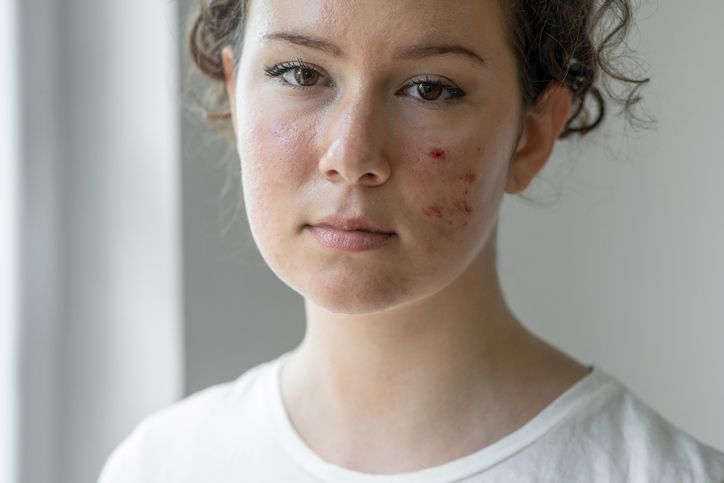
Aloe Vera
Aloe Vera provides both calming and hydrating properties that can help scars heal. Aloe Vera's antioxidants help to lessen swelling and redness, improving acne scars while its natural astringent capabilities clear away extra oil and dead skin cells. Aloe Vera is excellent for treating sunburns and, when properly diluted, can even be consumed.
Coconut Oil
The usage of coconut oil is very effective for this, and devoted users even suggest including it in your regular routine. Try to only apply coconut oil to the area you want to treat. If you don't regulate your usage, using too much coconut oil might only result in the occasional breakout.
Baking Soda
Baking soda removes acne scars by restoring pH balance and serving as a natural exfoliant. It does this without harming the skin around the scar and removes dead skin cells, leaving you feeling refreshed.
To further improve acne scars or scars, use this as a paste. Make a paste with two parts water and one part baking soda, scrub it on the problematic region for a minute, and then gently and thoroughly rinse.
Apple Cider Vinegar
Apple cider vinegar has been promoted as a versatile natural ingredient for use in everything, from skin care to cleaning solutions.
Use it after mixing it with honey to treat acne scars, and leave it on for 10 minutes. For optimal results, repeat this procedure up to three times daily.
Onion Extract
With daily use, of course, onion extract has been shown to considerably lessen the appearance of scars within just a few weeks when combined with bioflavonoids like cephalin and kaempferol. Acne can be effectively treated with onion extract as well. It offers qualities that lessen discomfort, redness, and inflammation.
Honey
It is a well-liked component to incorporate into your skin care routine due to its natural moisturizing benefits and stimulation of tissue regeneration.
Honey is wonderful in its unprocessed state, and the darker it is, the more therapeutic benefits it has. Honey and cinnamon combined is a fantastic regeneration therapy that may maintain skin fresh and smooth.

6
Over the counter creams
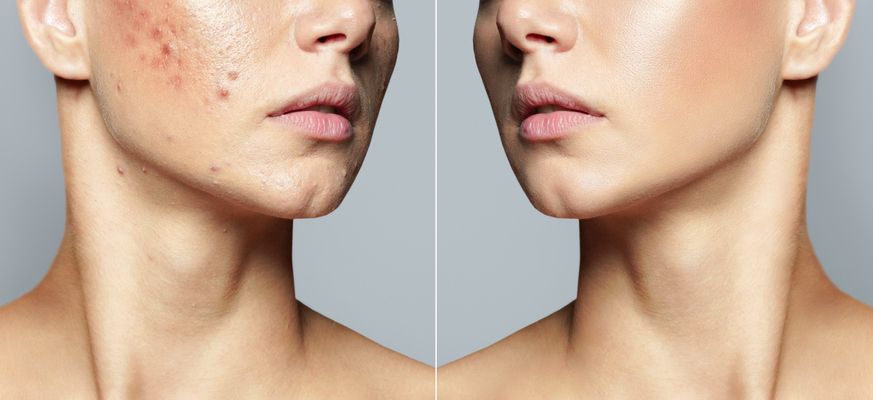
Several over the counter medications might aid in lessening the visibility of acne scars. Items made using the substances listed below may be helpful.
Salicylic acid
A naturally occurring substance called salicylic acid is frequently found in acne skin care treatments. Salicylic acid peels aid in removing dirt, dead skin cells, and other material from the skin's pores that causes acne. Moreover, it aids in reducing localized inflammation and redness, which may lessen the appearance of scarring. Salicylic acid is suitable for the acne scar treatments for all scar types.
Before applying it on their full face, those with sensitive skin should conduct a patch test on a tiny area of skin because it could cause dryness or irritation.
Retinoids
Acne scar removal may be possible with some topical retinoids. Topical retinoids, according to Medical News Today, suppress inflammation, lessen acne lesions, and accelerate cell regeneration. Retinoids, even those in adults with darker skin tones, may help lighten hyperpigmented acne scars, according to the authors.
It's crucial to remember that retinoids might make skin more susceptible to the sun. While going outside, anyone using retinoids to treat acne or scars should apply sunscreen beforehand.
Alpha hydroxy acids
The rate at which skin cells renew can be accelerated with the aid of alpha hydroxy acids which are also known as (AHAs). Several medical professionals advise using AHAs to treat acne and lessen the visibility of acne scars. AHAs are a gentle type of acid that removes the top layer of skin to reveal brand-new, younger-looking skin beneath. This procedure might lessen hyperpigmentation brought on by scarring.
Keep in mind that using this in high quantities can cause swelling, burning, and itching. Before using AHAs, it is advisable to speak with a doctor which can aid in determining which strength to employ.
Lactic acid
Lactic acid is another form of AHA. It can remove dead skin cells gently by acting as a peel. It might aid in skin smoothing and scar appearance reduction.
Although lactic acid can cause hyperpigmentation, it may help lighten black scar tissue. Before utilizing lactic acid-containing treatments to cure acne scars, it is best to test them on a tiny patch of skin. Lactic acid is an ingredient in several acne treatments. Furthermore, it can be found in diluted apple cider vinegar, which offers a more natural and affordable alternative.
Silicone dressings
They seem to help lessen the size and look of acne scars, yet experts are unsure exactly how they function. Silicone dressings might accomplish this by offering hydration. They can also make the skin more flexible and less itchy and painful.
The dressings will need to be applied continuously, which can be uncomfortable for the face. Although some people feel itching and irritation while the majority do not.

7
Medical treatments
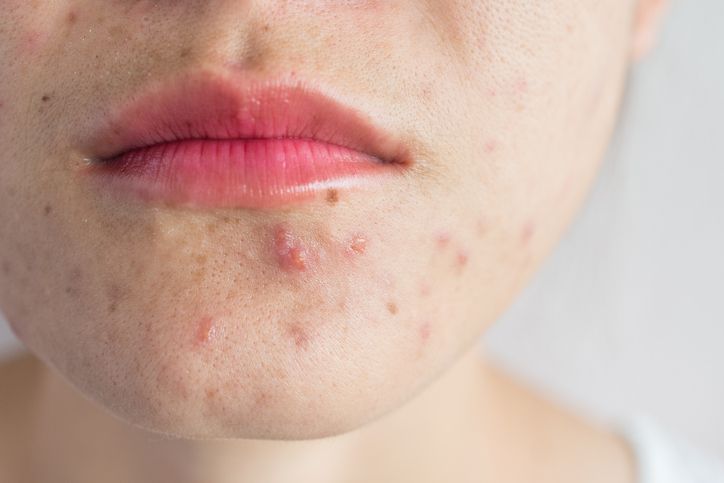
Certain medical procedures could lessen acne scarring. Depending on a person's skin type and the severity of the scarring, a dermatologist can suggest a suitable surgery or set of therapies.
Chemical peel
A dermatologist can suggest a peel that is appropriate for a person's skin type, the severity of their acne, and their scarring.
Perhaps other chemical peels are less efficient. For example, according to Medical News Today, 25% of people who used glycolic acid reported no improvement in the visibility of scars. To find the peel that works best for you, you might need to experiment with many varieties.
Injections
If a person develops any hypertrophic scars or keloid scars, corticosteroid injections may help reduce and flatten elevated acne scar tissue. A number of injections are often used as part of the treatment. Once every few weeks, a dermatologist can provide these injections in their office while keeping an eye on the outcomes.
Dermal filler
Dermatologists occasionally advise using soft tissue fillers to repair atrophic acne scars. They might be especially beneficial for boxcar and rolling scars.
Depending on the filler, the procedure might need to be repeated after a few months. For instance, hyaluronic fillers last about three months, but silicon and polyacrylamide may never need to be replaced. However, these will vary according to the filler. Fillers can have negative effects. Before choosing a course of therapy, always discuss the advantages and disadvantages with a doctor.
Microneedling
In order to encourage the body to produce more collagen, microneedling involves inserting small needles into the skin around the scar. By skin smoothing, this collagen may lessen the visibility of atrophic acne scars.
According to a study, using collagen gel in addition to microneedling produced results that were noticeably better than using microneedling alone. Microneedling, though, can have negative repercussions. After the therapy, many people report redness, discomfort, and inflammation. These effects, though, eventually fade.
Laser treatment
Skin resurfacing using a laser procedure is done without the use of chemicals or washes. It exposes the younger skin cells beneath the top layer of skin, which might lessen the visibility of scarring.
Raised scar's look and texture can be improved with the aid of laser treatment. The color of hyperpigmented scars can also be lightened with a therapy called pulsed dye laser therapy. Keep in mind that not all acne scars and everyone is a candidate for laser therapy. The type of acne scars and the person's skin type will determine this. Some patients, especially those with sensitive skin, may potentially experience an adverse reaction to the treatment.
Surgery
Raised acne scars can be removed surgically if the other treatments are unsuccessful. A surgeon might advise additional therapy if surgery isn't adequate to resolve the issue.
Electrodessication
This may lessen the borders of boxcar acne scars when used in conjunction with other treatments, giving the skin a flatter, less indented appearance. An electric probe heated by a doctor will kill the tissues that form the margins surrounding scars. If you have deep acne scars, this treatment can be beneficial for you.

8
Conclusion
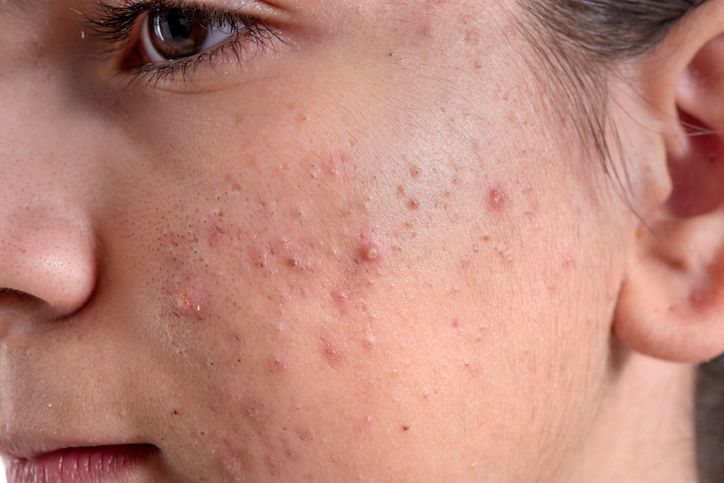
Treating acne scars can be different for each individual. Many people who use one or more other treatments for acne may have found success but if your acne scars persists it is well recommended to receive medical care in a dermatologist's clinic. The dermatologists can help pick the right treatment according to your skin type and severity of the scars.
FAQ
How are scars identified?
If you have acne scarring, a dermatologist will inspect your skin to establish what kind it is.
Can scars be permanently removed with treatment?
Scars can frequently be removed with treatment, but they also frequently get lighter over time. The type and degree of scarring, as well as the patient's skin type, will both have an impact on how well the treatment works.
How can I prevent acne scars?
There are few basic things that you can follow such as do not poop your pimples even if it is tempting and always moisturize your skin as well as remember to protect your skin by wearing sunscreen on a daily basis.

Book Now to Experience
Acne Treatment
1 Minute Self-Registration
Date should not be before minimal date
Recommended Articles
COPYRIGHT© NEW BEAUTY MANAGEMENT LIMITED 2024. ALL RIGHT RESERVED.

